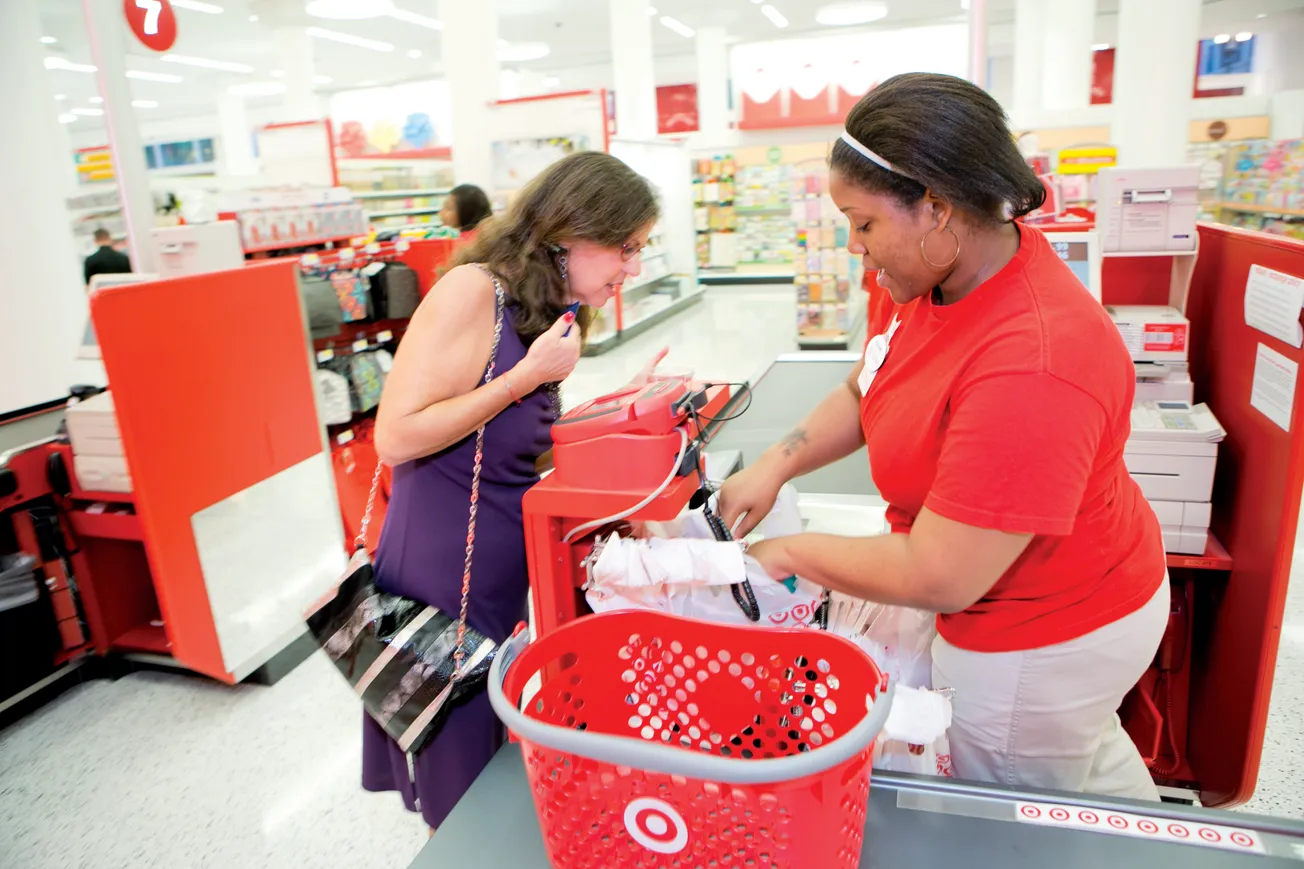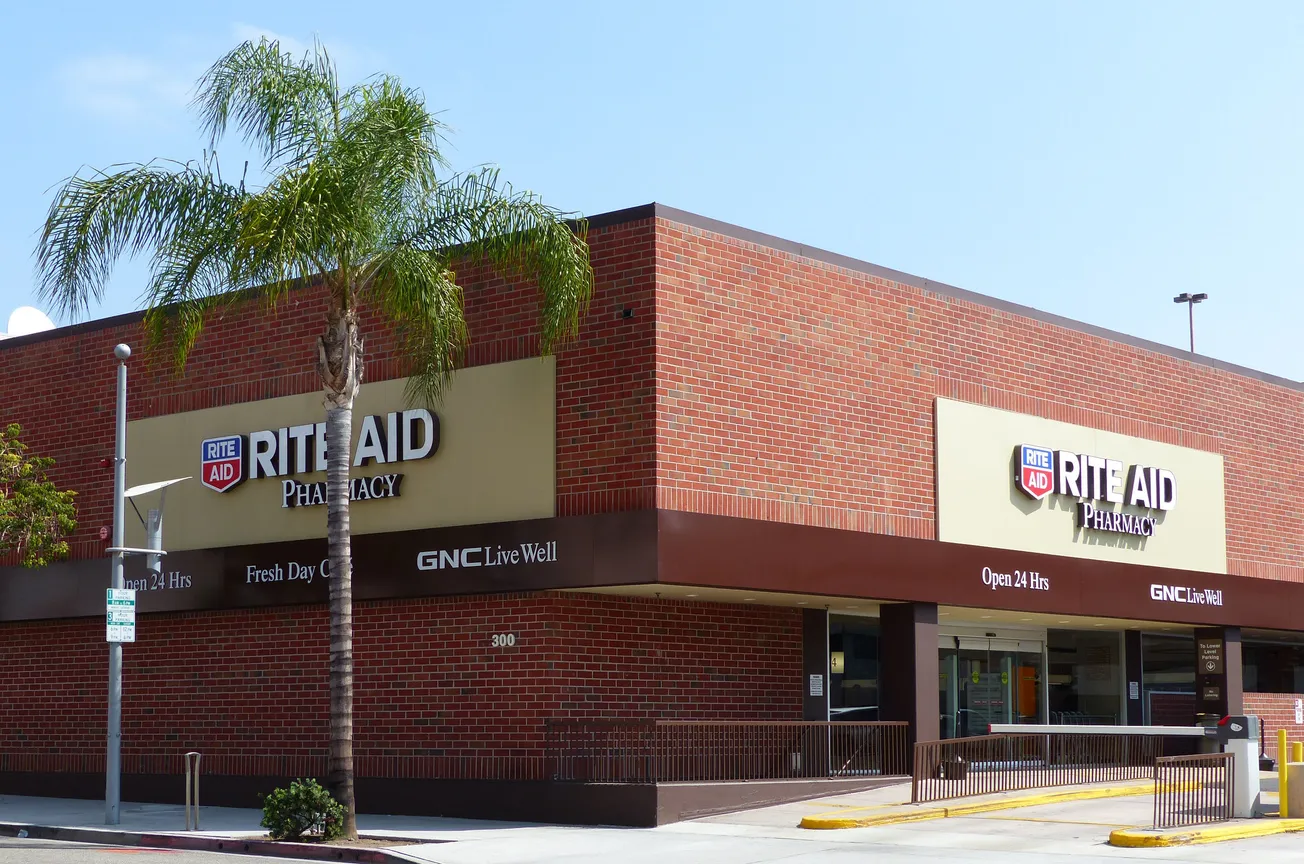
Laura Gurski
The industry continues to experience major shifts. And while the relentless pace of change can be daunting, the one thing any of us know for sure is that there’ll be more disruption ahead and standing still is not an option.
Consumer expectations and exciting technology possibilities just keep expanding. Constant change is the new normal — and brands must learn to continuously adapt, developing fine-tuned abilities to sense and respond to each key consumer trend and market development.
Three ways to prepare for the year ahead
• Relevance and participation is the new loyalty: Today’s digitally enabled consumers are constantly evaluating and reevaluating their purchasing decisions. Relevance is becoming the key brand differentiator. And consumers are willing to go the extra mile to ensure they get it — by actively participating in all aspects of the brand.
Relevance and audience participation are now the drivers of consumer loyalty. And brands are meeting consumers’ strong desire to participate by bringing them right into the heart of their organizations. In fact, this is becoming an essential play. Consumers don’t just want to be deeply involved with a brand’s products, services and experiences — they increasingly expect it.
Just look at beauty brand Julep. They invite their customers to become “mavens” who play an integral role in developing products for the company. Or what about Netflix’s plans to let viewers choose their own storylines for their favorite shows? From submitting ideas and crowdfunding innovations to trialing new products and offering feedback, these are clever ways to create an authentic and “lovable” brand experience.
That’s blurring the boundary between the company and the consumer. Customers feel increasing “ownership” over the brands they love. And opportunities are emerging to allow them to express that ownership at every point in the value chain, whether sparking new ideas for products, selling the brand to other consumers or even performing audits of individual stores. Consumers are taking control. In 2019, they’re in the driver’s seat.
• Shrinking the thinking: Convenience matters. But what we understand “convenience” to be is changing. And in 2019 brands need to be alive to the more nuanced trade-offs that consumers are willing to make. Gone are the days when convenience always meant “fast and easy.” Now, it’s multifaceted and context dependent. Sometimes it’ll be about simplicity (“Don’t make me think”), other times it’ll be about precision (“Give me exactly what I need”).
Look at how Amazon Go is shrinking the thinking and redefining convenience for the digital age. Their cutting-edge technology and data science aren’t just making the in-store shopping experience seamless, they’re also helping the company fine-tune the assortments they know will most appeal to consumers in each locality.
And what about the myriad new ways brands are helping customers cut out the complexity from day-to-day living? Whether it’s “Help me do it” (meal kits), “Do it for me” (Ikea and Task Rabbit), or “Get it right for me first time” (hyper-personalized recommendations), smart brands are taking consumer convenience to new places.
The catch? Convenience taken too far can be creepy. Brands have to walk a fine line between offering super convenient and cool experiences and making their customers feel exposed. Yes, there are huge selling opportunities in tapping into real-time data that, say, a consumer is shopping for new sneakers right now. But brands must always stay on the right side of the line. The message for 2019 — be smart and sensitive, not freaky and frightening.
• The death of impulse? Or its rebirth?: Is this the end of impulse buying? In store, we’re as likely to be looking at our phones as we are at the goods in the checkout aisle. Online, streamlined user experiences mean we click and buy as fast as we can. And the growth of subscription services cuts out yet another opportunity to act on impulse.
Truth is, simply stacking up products at the till with little thought doesn’t cut it anymore. Retailers will need to get much better at capturing consumers’ attention — both in-store and online. And consumer goods companies will need to be less reliant on retailers’ store promotions and point-of-sale placements, working hand in hand to maximize their use of data to deliver greater relevance in the shopping experience.
Think about how super-convenient shopping at Amazon Go gives consumers ample opportunities for impulse buying. After all, if we can just pick up a cookie and go, what’s to stop us resisting temptation? Consider too how social media creates a vast wealth of data-rich touchpoints for instant, hyper-relevant shopping.
So will 2019 see the death of impulse buying? Far from it. It’s just changed. And retailers and brands will need to work harder to make it happen.
The one prediction you can’t ignore
The only thing any of us know for sure is that there’ll be more disruption ahead. So what’s the right play for consumer packaged goods companies? The answer: relevance at scale. It all comes down to ensuring brands stay on the pulse of today’s tech-savvy consumers. It means crafting hyper-personalized experiences that truly resonate with individuals. It means acquiring the agility to flex the business quickly and responsively to shifting consumer behaviors. And it means capturing the value in the ongoing explosion of digital technologies.
Laura Gurski is senior managing director and global industry lead for consumer products and services at Accenture.









